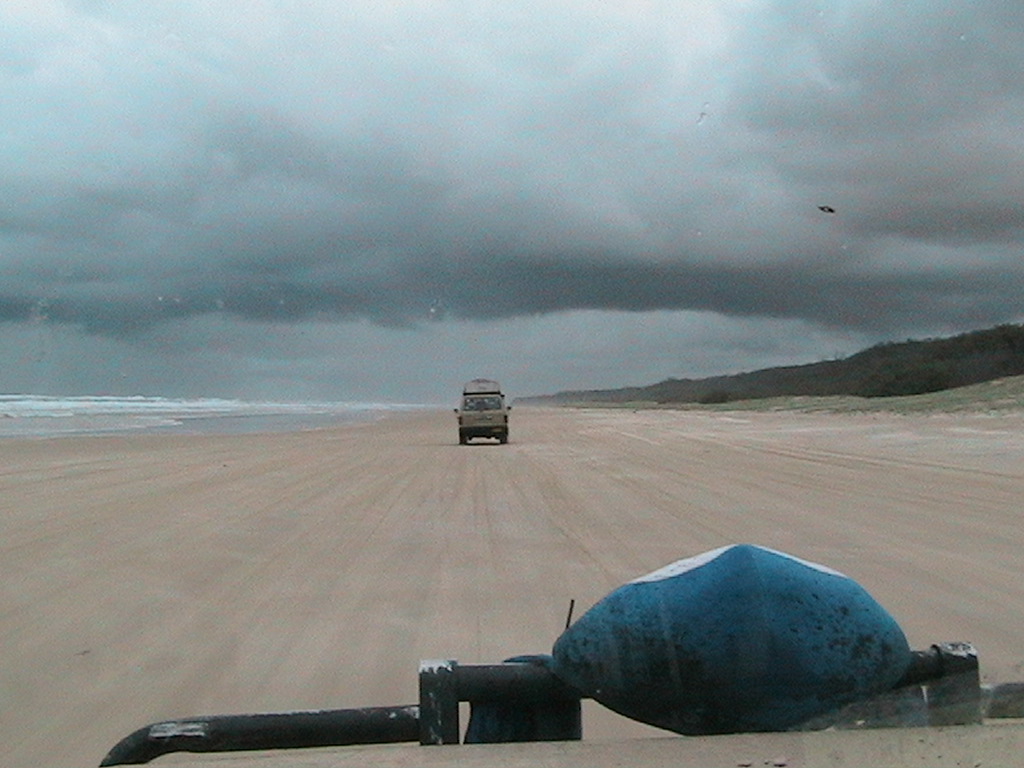Road Hogs: What Is Australia’s Passion for Large Vehicles Costing Us All?


Road Hogs: What Is Australia’s Passion for Large Vehicles Costing Us All?

Australian Study Reveals International Students Not Responsible for Increasing Rent Costs

Labor Criticizes Peter Dutton’s Proposal to Relocate to Sydney if Elected In a recent statement that has stirred political discussions, Peter Dutton, the leader of the Liberal Party, announced his

As Australian steel and aluminum face impending tariffs from the U.S., our next hurdle will be navigating global uncertainty.
The love affair Australia has with big cars, particularly SUVs and utes, certainly raises important discussions about the broader implications. There are several costs associated with this trend:
Environmental Impact: Larger vehicles typically consume more fuel, contributing to increased greenhouse gas emissions. This exacerbates climate change and undermines efforts to reduce Australia’s carbon footprint.
Urban Planning Challenges: The prevalence of big cars can lead to inefficient urban design. Cities may cater more to vehicles than to pedestrians and cyclists, affecting public transport options and walkability, which can ultimately reduce the quality of life in urban areas.
Road Safety: While larger vehicles can provide a sense of security for drivers, they can pose greater risks to smaller vehicles and pedestrians in accidents. The increased size and weight may lead to more serious collisions, raising concerns about road safety for all users.
Economic Costs: Bigger cars often come with higher purchase prices, insurance costs, and fuel expenses. This not only places a financial burden on individual drivers but also has implications for average household expenditure and overall economic health.
Space and Infrastructure Strain: As the number of large vehicles on the road increases, so does the demand for parking and road space. This can lead to overcrowding, increased traffic congestion, and a greater need for infrastructure investment.
It’s crucial for policymakers and communities to consider these factors when discussing car ownership trends and to explore incentives for more sustainable transportation options. Addressing these issues can contribute to a healthier environment, safer roads, and improved urban living.